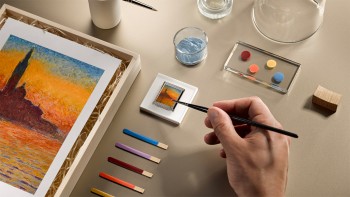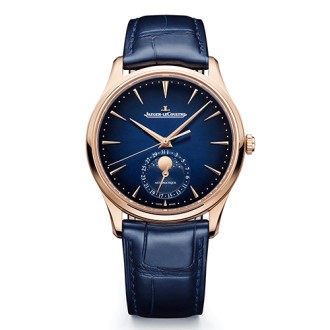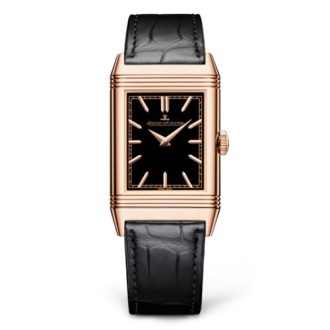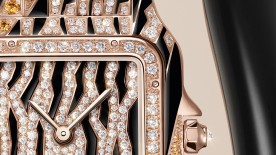Of the 180 specialist skills that go into the making of a Jaeger-LeCoultre timepiece, some concern the mechanisms of the watch and others its decoration. Enamel is of the latter kind. This ancient and often little-known art transforms a case or dial into a true work of art, thanks to skills which generation after generation of dedicated craftsmen and women have learned and perfected. Jaeger-LeCoultre is proud to be one of the rare few Manufactures to enamel its watches in its own studios. Enamelling is not one art but several, and each technique requires painstaking care and attention. Below are those most frequently encountered in watchmaking in general and at Jaeger-LeCoultre in particular.
Grand Feu enamel
A technique that requires years of experience and a certain degree of humility to accept that the enamel has the last word. The artisan applies powdered enamel to the metal base, following which the piece is fired at up to 800°C (hence “grand feu” or “great fire”), causing the enamel to melt and fuse to the metal. Such high temperature alters the chemical structure of certain pigments and, because of this, there is no guarantee that the final colours will be as expected. Several layers of enamel must be applied and each layer requires firing prior to the next. This adds to the depth and richness of colour but increases the risk that the enamel will crack, burn, shrink and come away from the metal base, or that air bubbles form. Controlling the temperature of the kiln and how long the piece is fired is crucial.
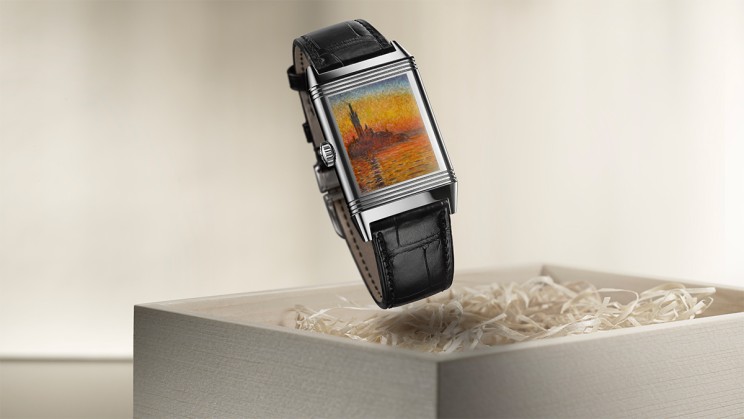
Champlevé enamel
The design is carved into the flat metal surface of the case or dial, forming cavities (“champlevé” translates literally as “raised fields”). The enameller fills these cavities with liquid enamel, using dozens of colours, applied layer by layer, to create details and nuances, and mixing transparent and opaque enamels to produce the desired effect. The piece is fired a dozen times to achieve depth and richness of colour for each part and, consequently, the overall design.
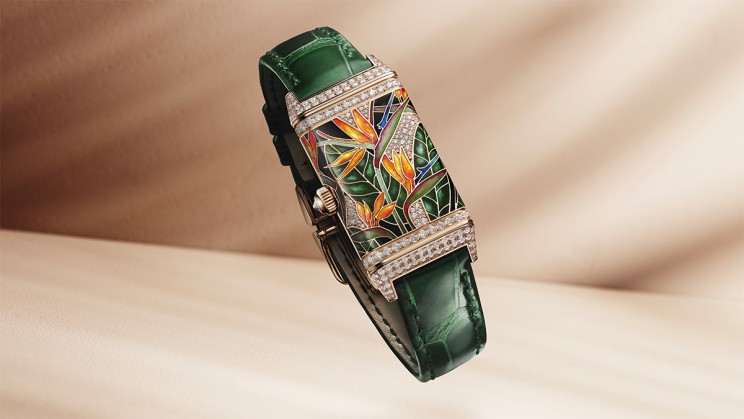
Cloisonné enamel
A technique similar to champlevé, except the outlines of the design are not hollowed but traced with gold wire that forms a partition (“cloison”) between the different colours.
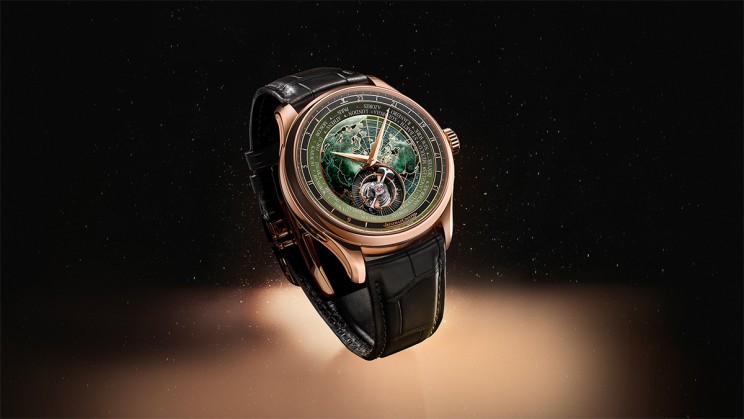
Plique-à-Jour enamel
A derivative of the cloisonné technique, except the metal base (foil) is removed after firing. The absence of a metal backing allows light to pass through the transparent or translucent enamel.
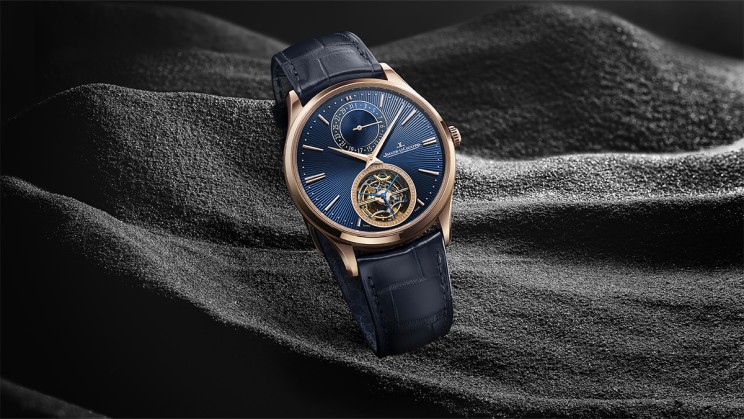
Paillonné enamel
Tiny decorative shapes cut from gold foil ("paillons") are fixed on a layer of enamel to create a texture or a pool of light, following which the piece is enamelled, using one of the above techniques.
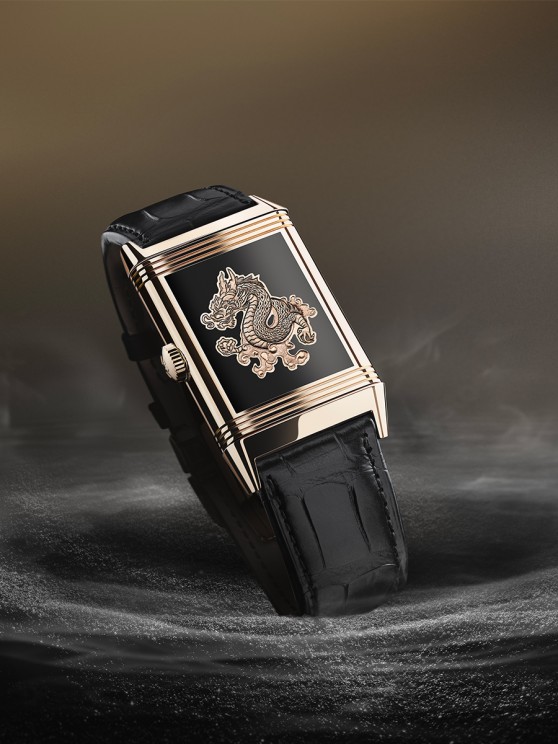
Each of these techniques can be discovered first-hand at a masterclass organised by Manufacture Jaeger-LeCoultre. Click here to book.
